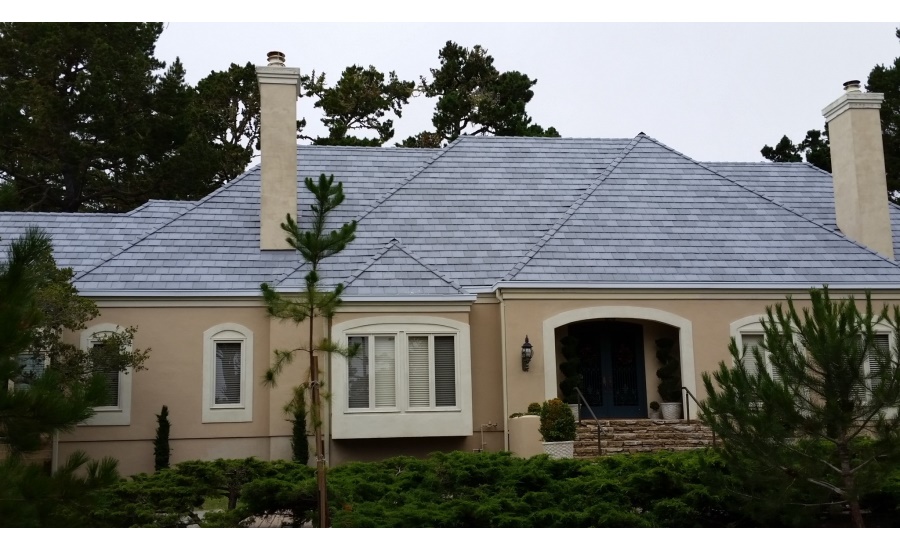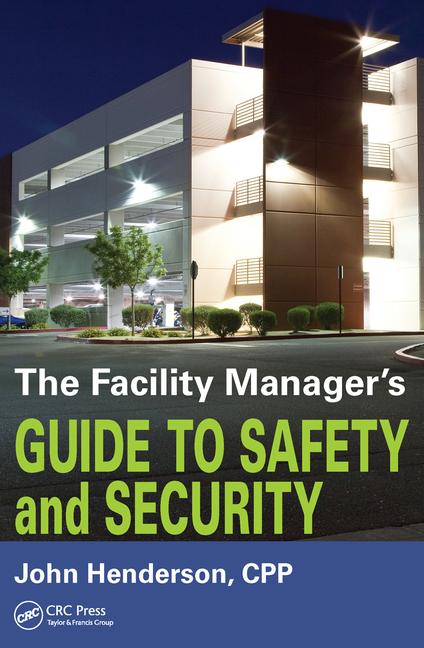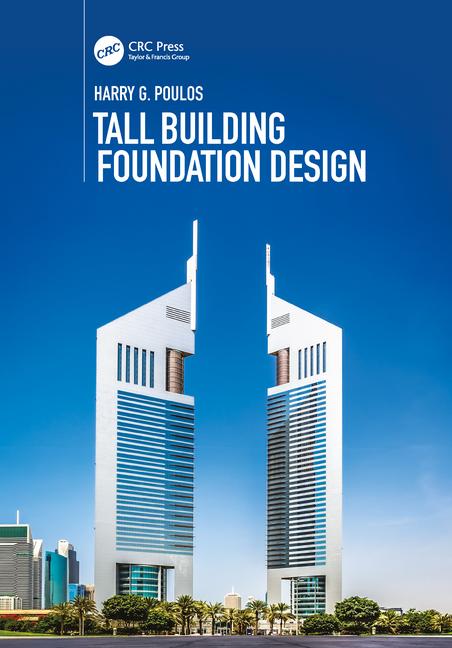DaVinci Roofscapes will showcase the four recently-introduced DaVinci EcoBlend options approved by the Cool Roof Rating Council (CRRC) in their booth (#W6871) at the 2017 International Builders' Show in Orlando. The EcoBlend roofing tiles reflect sunlight and heat away from a home or commercial structure. The new color blends all meet Title 24 requirements for California.
Color blends for EcoBlend polymer shake and slate roofs include:
- Tahoe-EcoBlend: Light Tahoe, Medium Light Tahoe and Medium Tahoe blend
- Mountain-EcoBlend: Light Mountain, Medium Mountain and Dark Mountain blend
- Brownstone-EcoBlend: Light Brown, Dark Stone and Dark Tan blend
- Slate Gray-EcoBlend: Slate Gray
EcoBlend color blends previously accessible from DaVinci Roofscapes that meet the stringent requirements to receive ENERGY STAR designations, and still available from the company include:
- Weathered Gray-EcoBlend: Light Weathered Gray, Medium Weathered Gray and Dark Weathered Gray blend
- Castle Gray-EcoBlend: Light Gray, Medium Gray and Dark Gray
"California's newly-adopted 2016 Building Energy Standards (Title 24, Part 6) will require use of more energy-efficient roofing materials starting in 2017," says Ray Rosewall, CEO and president of DaVinci Roofscapes. "We've developed these new roofing color blends to meet, and in some cases exceed, these strict requirements.
"In recent years when wildfires and severe weather conditions have increased on the West Coast we've seen increased interest in our DaVinci fire- and impact-resistant synthetic shake and slate roofing products. The newly-introduced EcoBlend color family options allow homeowners and commercial property owners to use our durable roofing tiles while complying with the new Title 24 requirements.
"While Title 24 is unique to California, structures in all areas of the country can benefit from incorporating EcoBlend roof tiles. Because these tiles reflect heat and emit the sun's energy back into the atmosphere instead of into a structure, they help reduce the cooling load, and, as a result, increase the energy efficiency of a building. An additional bonus is that a cooler roof contributes to a lower heat island effect in heavily populated areas. This in turn helps reduce your carbon footprint."




